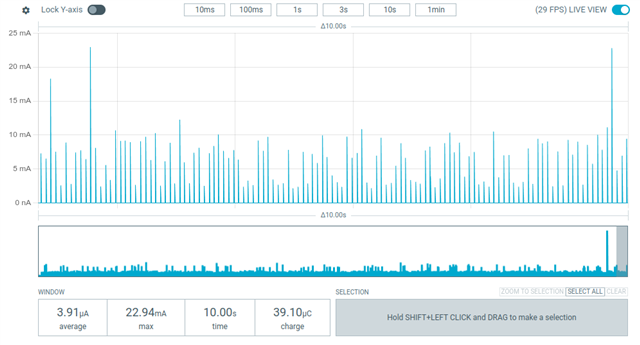Hi!
I'm writing new firmware for the nrf54 family, and I want to have a system timer with 1s resolution (clock). This clock will be occasionally synchronized with epoch, so it will provide the date source.
I would like to ensure that this clock is not erased during reset.
I had this functionality working on nrf52, using RTC and generating an event every second. The event increased an system variable which was kept in uninitialized memory region. This ensured that after reset the clock can continue.
Since the rtc was powered by LFCLK it was trivial to get super low power consumption.
How to achieve something similar on nrf54? Is there any other option than using GRTC and SYSCOUNTER?



